Most in any industry have many attractions. In particular, for the leather industry, those attractions come from many aspects and have not been equally important in the customers’ minds. For example, some features for one customer may have some priorities in a way that for another customer they are not. It may refer to experiences, preferences, mentalities, or something else. From an Experience point of view, consider a person who had a good memory of one brand when buying a leather bag. When he needs a pair of shoes, he is expected to think about that brand again.
- strongest leather
- the most expensive leather
- best leather
- the most beautiful leather
- newest leather
- Top Leather Producing Countries
- Italian leather industry
- Russian leather industry
- Indian leather industry
- Pakistani leather industry
- Indonesian leather industry
- Egyptian leather industry
- Tunisian leather industry
- Algerian leather industry
- Moroccan leather industry
- Turkish leather industry
strongest leather
Related words: The most rigid leather, the most durable leather, the thickest leather, or the most robust leather and
Words about the durability of leather have always been one of the most frequently asked questions from viewers in this field. The first recommendation for those concerned about the durability of the leather is to use natural leather instead of synthetic or industrial leather. Factors affecting the selected leather’s thickness, volume, weight, and strength in discussing natural leather. One of these factors is the origin of the leather animal. For example, buffalo hide, skin, and cowhide are usually very thick.
On the other hand, goatskin, sheepskin, and have less thickness and weight. Of course, the strength of the leather is not necessarily defined by the thickness of the leather. The strength of the leather depends more on its quality and texture of the leather. It means that leather can sometimes be thinner but more durable.
the most expensive leather
Related words: most expensive leather, cheapest leather, best selling leather, and other factors.
Of course, people with different financial capabilities will try to buy at different levels. As a result, users search for words and phrases like the most expensive or highest price of leather. Some users consider the most expensive leathers to be the basis for evaluating the leather’s authenticity, quality, or brand. It goes beyond the accuracy of the leather consumer’s perceptions. In general, the animal care process includes the purity of the leather material, the lengthy and costly tanning process, the dyeing of the leather, the design and manufacture of a quality end product, the age and popularity of the brand, the country of origin (COO) and… leather prices.
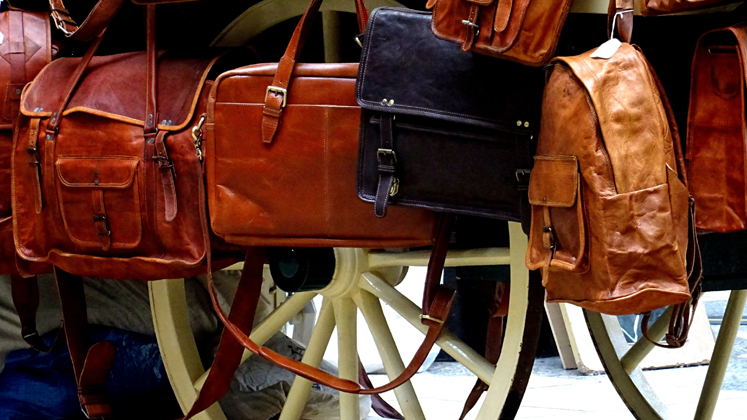
best leather
Related words: best leather, best leather, best quality leather, best quality leather, genuine leather
This group asks questions or keywords in two groups. The first group is those who want to supply high-quality rawhides to manufacture leather products. The second to last customers want to buy a quality leather product. It is impossible to bring leather of the absolute best quality to the market. And those who used the title of the best and the best also expressed their personal opinion. However, there are many criteria for the quality of leather in the area that improve the ability of everyone to distinguish. The most expensive skins are not necessarily the best skins. Some things affect how expensive it is, such as the brand or size of the company, the country of manufacture, or the scarcity of leather. However, these are not necessarily the basis of leather quality. The quality of a leather or leather product is only defined by the quality of the material, the design, and the construction and assembly quality.
the most beautiful leather
Related Words: The most stylish leather, the prettiest leather, the most luxurious leather,
The beauty of the finished leather product is all about the beautiful leather material, the leather print, the design, the build quality, the finish, the leather material, the related accessories, the packaging, and other factors. From this way of thinking, it can be said that the category of beauty is a Category of enjoyment because there are different criteria. But different aspects of the beauty of leather can be explored.
One of the characteristics of the leather is the various prints that are embossed onto the leather using large stencils. This pressure is created by scraping or pressing the leather and gives the leather a beautiful appearance. For example, webbed skin, snake skin, lizard skin, Islamic leather, and have different beauties according to taste.
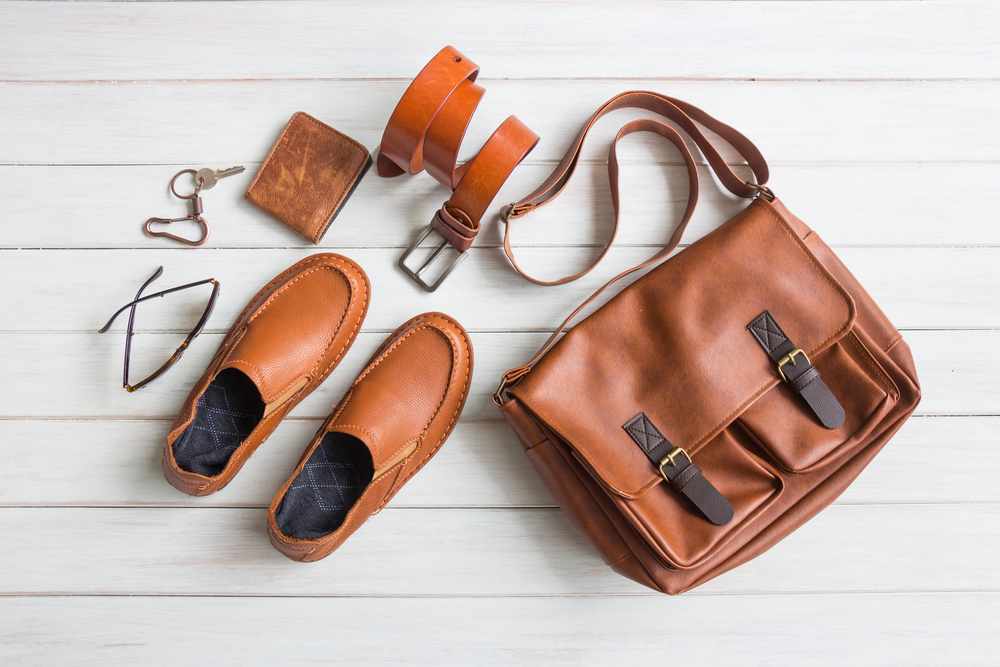
newest leather
Related words: oldest leather, newest leather, the most up-graded leather, most fashionable leather.
The newest types of leather are often followed by people who are interested in innovating in this field. In addition, some leather enthusiasts follow new leather trends or fashion products in the field of leather to have an up-to-date leather style. Some new leather technologies have also found their target audience. For example, the term leather biofabrication is an innovative idea in the leather field. This leather has all the characteristics of natural leather. In addition, it has advantages such as no need to kill the animal, no hair removal, no scars, and insect bites, no waste production, and very high-cost savings.
Top Leather Producing Countries
When there is talk about most of the leather industry, Top Leather Producing countries should be considered. Let’s have a look at them :
China supplies 80% of the world’s leather. Currently, China, Italy, India, Brazil, Korea, and Russia are the world’s top leather producers and exporters, with China alone producing 80% of the world’s leather. According to research, 65% of the world’s leather comes from cows, 15% from sheep, 9% from goats, and 11% from other animals.
Italian leather industry
Italy is one of the biggest and most famous leather manufacturers globally, and well-known brands producing world-famous leather products, such as Gucci and Butga Venta are located in this country. Italian leather is a symbol of its quality and durability and, of course, one of the reasons for its high price. It is why Italian leather shoes and bags, and belts are so expensive. Italy’s leather industry is one of the oldest industries in the country, doing its job scientifically and using the latest technologies in the world, making the products different and of high quality.
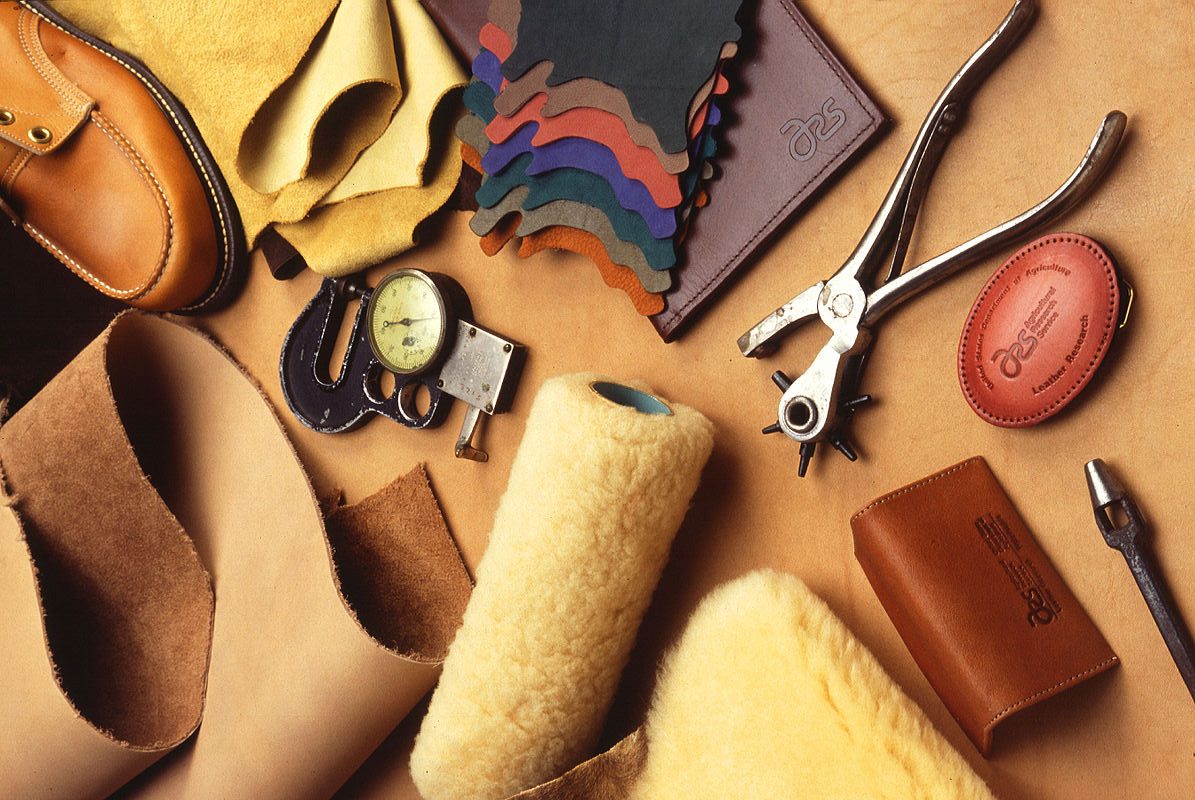
Russian leather industry
In terms of area, Russia is the largest country on earth. The country has an area of about 17 million square kilometers and includes 11 time zones. Russia stretches west from Europe to northern Asia, bordered by the frozen ocean to the north and the Pacific Ocean to the east. Despite its size, most parts of the country do not have a soil or climate suitable for agriculture (too dry or cold). Only 7.17 percent of the land is fertile, and 0.11 percent is always cultivated. (Statistics 2005) Of course not either.
Indian leather industry
Although the name India was once associated with poverty in our minds, this country’s economic development and scientific revolution have now caught everyone’s attention. Significant foreign investments have long been widespread in the country, and sales of Indian goods to world markets have significantly increased. India is the second-most populous country globally and accounts for about one-sixth of the world’s population. The racial, cultural, linguistic, and religious diversity in this country has created a fantastic opportunity for peaceful coexistence between different faiths. India is one of the biggest nationalities in cattle breeding and, with this potential, covers 10% of the world’s leather needs.
Pakistani leather industry
Pakistan is one of the countries involved in the mass production and export of leather and various products in our eastern neighborhood. Leather processing is one of essential industries in the country, which plays a crucial role in the country’s economy. There are about 600 tanners in the country, mainly in the east, and it is estimated that the industry will support the living expenses of more than a million people. The leather produced in this country is more than sheep, cow, sheep, and cow leather. The very delicate leather produced by this country is world-famous, and most of it is processed into products like leather garments, sofas, shoes, and leather gloves and export Furniture leather is also exported in large quantities
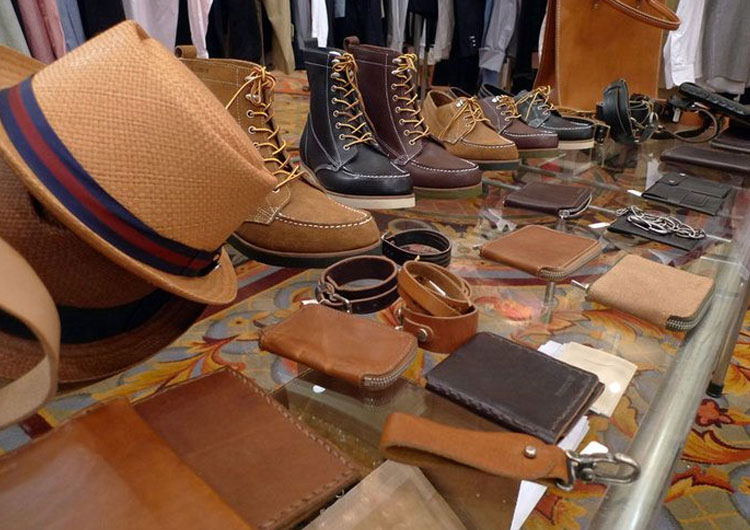
Indonesian leather industry
With around 250 million inhabitants, Indonesia is the fourth most populous country in the world. The people of this country have not had many happy days in the past. Terrible earthquakes, forest fires and the spread of influenza have severely affected the country’s economy and industry. On the economic front, the bright future projected for the country’s leather industry in the early 1990s was marred by stronger competing countries and a more stable trading environment. Indonesian Leather Industry In 2006 there were 300 tanners in this country. Eighty percent of these tanneries are small and home-made, with 50 large tanneries operating in the country. About 10 tanners produce about 500,000 square feet or more of leather. Other tanneries have a capacity of no more than fifty thousand square feet. A significant amount of Indonesian leather is produced in Java, concentrated in three regions.
Egyptian leather industry
The leather industry in Egypt flourished under the pharaohs, and images of leatherworkers can be seen in the tombs of the pharaohs. The industry survives and currently employs around 250,000 people in the leather tannery, which produces shoes, leather goods, and leather clothing. The situation of leather raw materials in Egypt is also good. More than 50 million square meters of leather are produced in this country every year. Until the 1960s, the Egyptian leather industry was not so mechanical that Soviet tanneries and shoemakers were under pressure to increase production thanks to large orders for Egyptian-made shoes.
Tunisian leather industry
Tunisia has a large economy that includes agriculture, mining, energy, and factory production, and factory production is dominated by the textile and leather industry, which accounts for 45% of total exports. Half of the factory production sector is employed in these two sectors. Tunisia’s leather business doesn’t reach as far as Ethiopia, but it’s one of the best in Africa. Two hundred eighty-nine companies with ten or more employees work in the Tunisian leather sector, where 178 companies produce only for export. Foreigners own one hundred twenty-eight companies owned by foreigners, and all 82 companies are news.
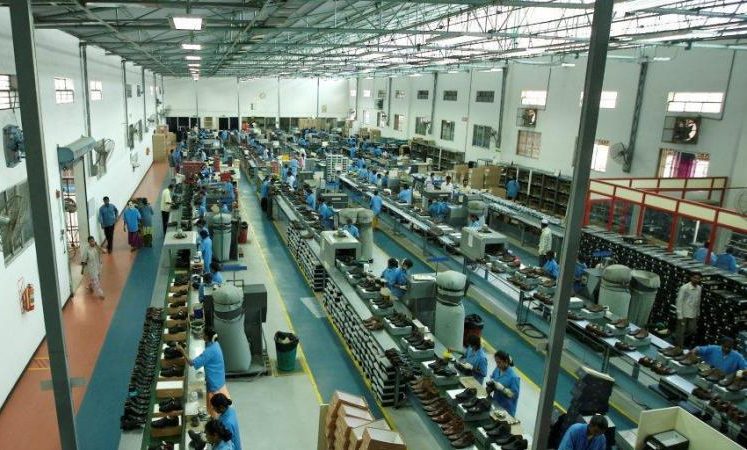
Algerian leather industry
All kinds of Algerian economic crises over the past 25 years have severely damaged the country’s factories. The successive devaluation of the Algerian dinar during the 1980s left the country’s import-dependent factories heavily in debt and reduced consumer power. The political crises of the 1990s also severely reduced domestic investment and damaged production. Until recently, the country’s economy was socialist, with much of it state-controlled. Of course, from the beginning of the 21st century, there have been dramatic changes in the attitude of the Algerian government because it has finally accepted the failure of previous policies.
Since 2000, long-term economic recovery has begun, unfortunately, due to the lack of competition in the public manufacturing sector, and these reforms have ended easy access to bank credit.
Moroccan leather industry
Leather tanning has a long history in Morocco: In the past, full-grain leather was an essential part of Morocco’s trade with other countries, and Moroccan leather was widely used for making book covers due to its durability and beautiful texture. Morocco’s proximity to Europe has resulted in robust trade ties that continue, with France occupying a special place. Morocco is similar to Tunisia in access to leather and skilled labor, and the sheepskin is of excellent quality. The country’s leather industry covers all aspects of production, from tanning to manufacturing shoes, leather goods, clothing, and leather. There are 363 modern tanneries and factories in the country employing 17,000 people.
Turkish leather industry
New Turkey was founded in 1302 by Mustafa Kemal from what was left of Anatolia in the Ottoman Empire. Under the authoritarian rule of Mustafa Kemal, Turkey implemented extensive social, legal, and political reforms. Today Turkey has a new democratic system, and the political situation is stable despite the separatist movement of part of the Kurdish population. Kurds make up 20% of Turkey’s 70.4 million population.
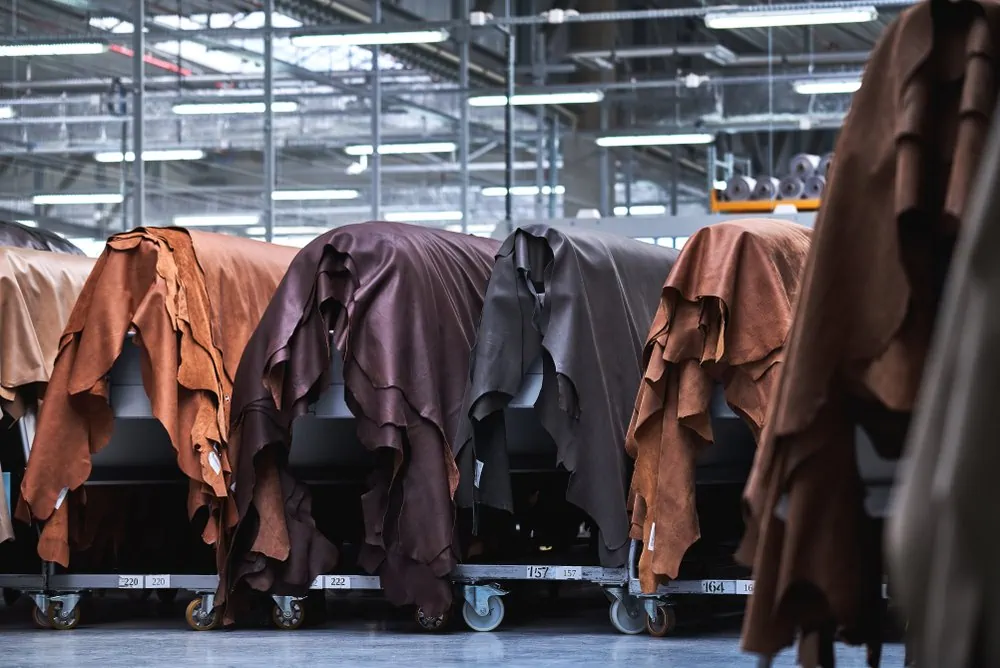
The processing of animal skins into full leather and creating leather products is an ancient human art. Turkey has always been one of this business’s famous centers, especially in leather production from sheep and goat skin. Today, Turkey has an important place in the leather business in Europe after Italy and in the world after Italy, China and India.


Your comment submitted.